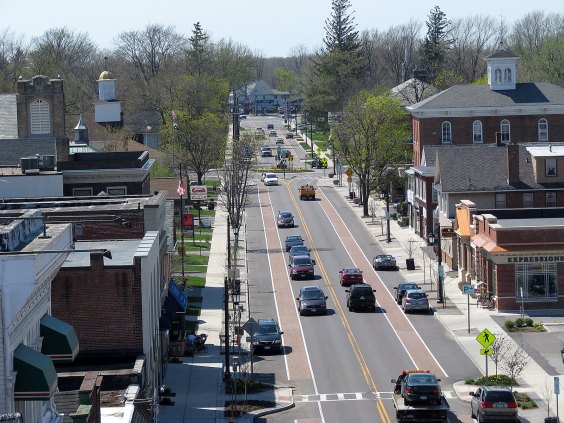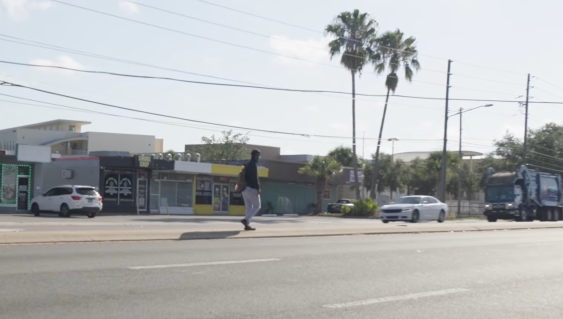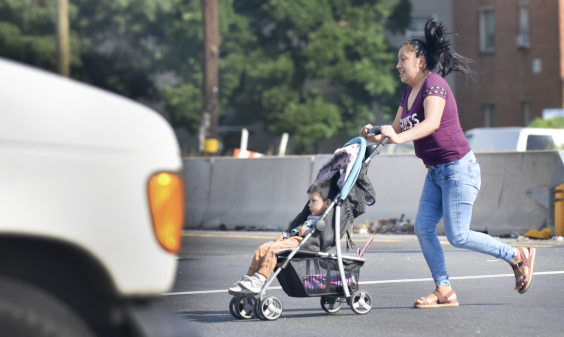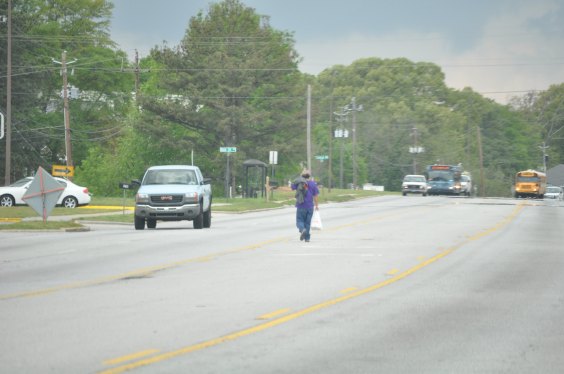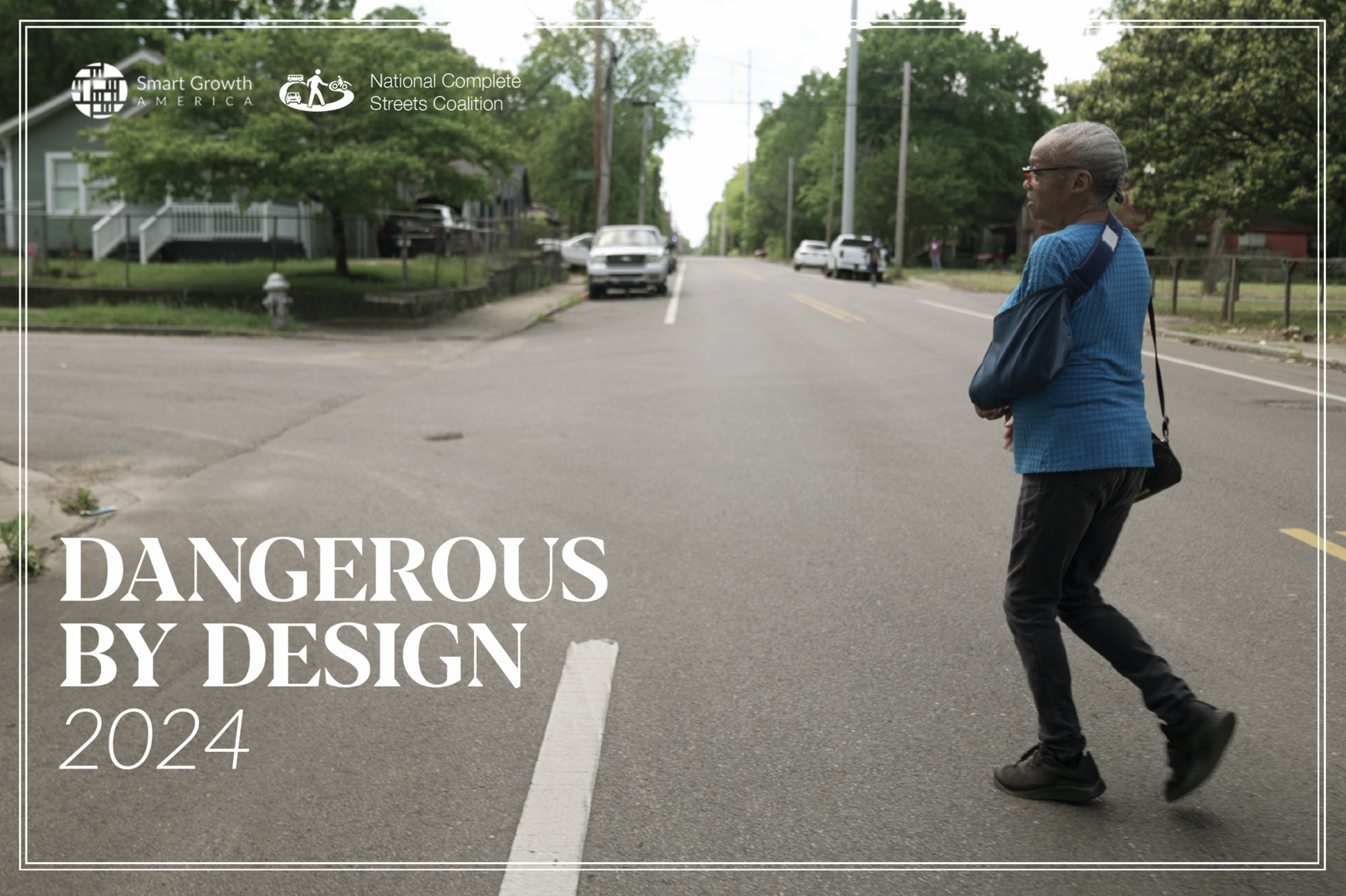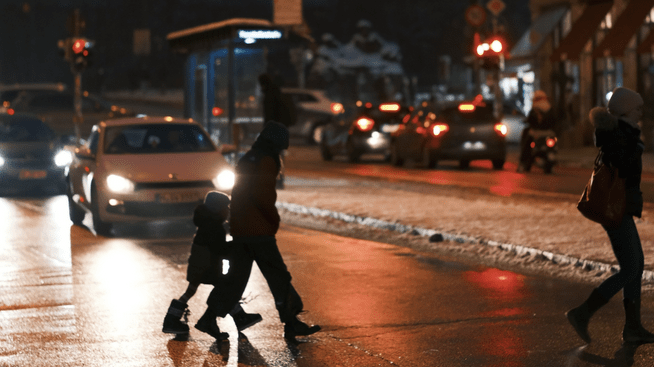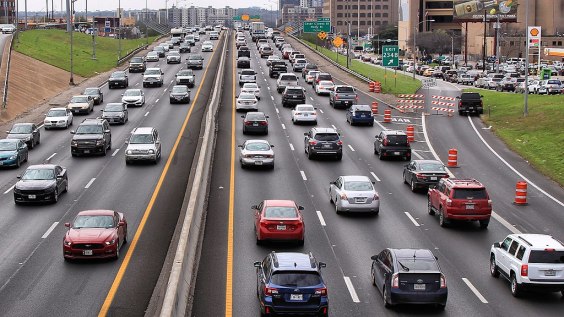Smart Growth America
These U.S. Communities’ So-Called ‘Complete Streets’ Policies Don’t Even Deserve the Name
Any city can call itself a "Complete Streets" champion. But not all of them are walking the walk — and if they don't, a top organization says they'll no longer give them a platform on its esteemed "best of" ranking.
Video: What It’s Like to Walk in Pedestrian-Unfriendly Florida
Advocates in the Sunshine State are casting daylight on the state's raging pedestrian safety crisis, and what it will take to finally stop the bloodshed.
These Are the Most Dangerous Congressional Districts for Pedestrians
The deadliest congressional districts in America are dominated by BIPOC communities — and federal officials need to step up to save the most vulnerable road users.
These States Are Actually Aiming for More Pedestrians to Die on Their Roads This Year
Federal officials have long allowed states to set their own pedestrian safety targets — and even the deadliest are still choosing goals that would be an increase over previous years.
Report: Pedestrian Deaths at a Forty-Year High
Dangerous By Design report shows trends are going in the wrong direction in most metropolitan areas. California is no exception.
Three Unseen Harms of America’s Pedestrian Death Crisis
If 7,500+ dead pedestrians isn't enough to inspire change, maybe the ocean of injuries, grieving loved ones and lost opportunities can.
Road Feels Unsafe? Prove It!
Instead of proactively asserting a right for people to walk and roll safely and conveniently outside of a vehicle, the standards used to determine when and where to put safety infrastructure require people to either risk their bodies or experience harm before any paint or concrete are poured.
What Would Our Cities Look Like if Their Downtowns Had Not Been Torn Apart for Highways?
A new report lays out how much work still needs to be done to undo the damage of our highway system.
Study: Two-Thirds of Americans Know Highway Expansions Don’t Cure Traffic
"The public is way ahead of the elected officials, and it's way ahead of the transportation officials in [talking about] the kind of future they want to see."
